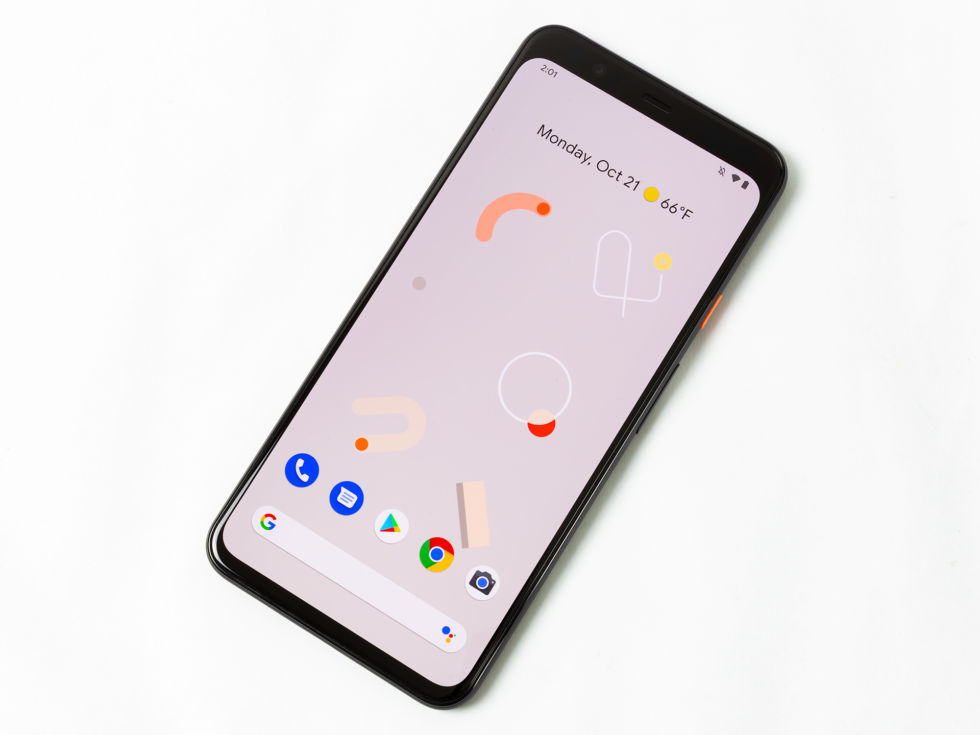The Pixel 4 hits end of life after three years of service
-

The Pixel 4 XL. [credit: Ron Amadeo ]
The Pixel 4 is officially hitting its end of life this month after three short years of service. We sometimes see these dead Google phones get one more wrap-up update before Google cuts the cord, but the Android October 2022 update is the end of the line here.
The Pixel 4 was a big batch of Google experiments passed off as a consumer product, and we did not take kindly to it. It was the first (and only) Google phone to attempt to copy Apple's FaceID by using a grid of IR dots and extra hardware to scan the user's face. The system was much slower than the fingerprint reader on the Pixel 3, and it oddly worked on sleeping people for several months after launch.
The Pixel 4 was the first and only Google phone to integrate "Project Soli," a tiny Google radar chip that can detect motion. The laboratory versions of Soli promised that the technology could capture "sub millimeter motions of your fingers," but the commercial implementation in the Pixel 4 could only (sometimes) capture giant arm movements. Soli lives on in Google smart displays for sleep tracking, but the phone version is dead. Combine that with very high prices for the two device sizes ($800 and $900) and very small batteries (2800 mAh and 3700 mAh), and you have the makings of a very bad device.
Read 3 remaining paragraphs | Comments
from Tech – Ars Technica https://ift.tt/cEahVGN
Comments
Post a Comment